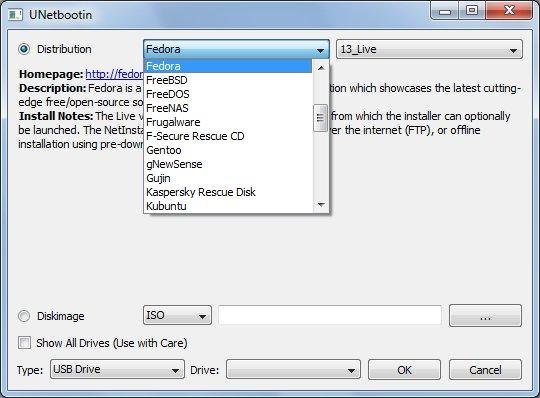※ Download: Ubuntu create bootable usb from iso
Now click on Save as marked in the screenshot below. Having problems with non-debian stuff arch-based and others. Now click on Run.

Only One Distribution can be installed per USB drive. MBR partition only GPT will not work! I verified on GParted: PureOS 8.

- WinToFlash clocks in at 22m01, decent speed for a tool that guides you through the ISO to USB process. UNetbootin Universal Netboot Installer allows you to create bootable Live USB drives for Ubuntu, Fedora, and other Linux distributions without burning a CD.

Now click on Desktop as marked in the screenshot below. Now click on Download Ubuntu button as marked in the screenshot below. Now click on the Download button of Ubuntu 18. You should see the following page. Scroll down a little bit and click on Not now, take me to the download as marked in the screenshot below. Now click on Save as marked in the screenshot below. You download should start. Downloading Rufus You can download Rufus from the official website of Rufus at Go to the official website of Rufus from any web browser and you should see the following window. Now scroll down a little bit to the Download section. Click on Rufus or Rufus Portable link as marked in the screenshot below. I prefer Rufus Portable. Now click on Save. Now click on Run. Creating an Ubuntu 18. If you have any important data, please move it somewhere safe before you go through this process. While Rufus is open, insert your USB drive that you wish to make Ubuntu bootable. It should be detected by Rufus as you can see in the screenshot below. Now click on the CDROM icon as marked in the screenshot below. A File Explorer window should show up. Now select the Ubuntu 18. Now click on Start. You should see the following window. Now click on Yes. You should see the following window. Leave the defaults and click on OK. You should see a warning message. Rufus should start making your USB drive Ubuntu bootable. It should take a few minutes. Now close Rufus and your USB drive is ready. Booting from the USB drive and Installing Ubuntu 18. How you do it depends on the motherboard you have. You want to go to the BIOS of your motherboard and select the USB drive you just made Ubuntu bootable with Rufus. On some motherboards, you press just after you pressed the power button of your computer. Once you select your USB drive from your BIOS, you should see the following window. Select Try Ubuntu without installing Now click on Live session user. Now double click on Install Ubuntu 18. Now click on Continue. Now select your desired Keyboard layout and click on Continue. Select either Normal installation or Minimal installation and click on Continue. If you want to install Ubuntu on a brand new hard drive, then select Erase disk and install Ubuntu, otherwise select Something else and click on Continue. Make sure your hard drive is selected. In that case, click on New Partition Table… button. Select free space and click on the + icon as marked in the screenshot below. First create an EFI System Partition of 512 MB of disk space with the following settings as marked in the screenshot below and click on OK. Make sure it has the following settings as marked in the screenshot below and click on OK. Finally, it should look something like this. Click on Install Now. Select your Location from the map or by typing on the text box as marked in the screenshot below. Now fill in the details as marked in the screenshot below and click on Continue. Your installation should start as you can see in the screenshot below. It should take a few minutes for the installation to complete. Click on Restart Now button. Your computer should restart and you should now be able to boot into your new Ubuntu 18. Once you boot into your new Ubuntu 18. Type in your password and click on Sign In. You should be logged in to your new Ubuntu 18. Thanks for reading this article. Also loves Web API development with Node. I was born in Bangladesh.
On some motherboards, you press just after you pressed the power button of your computer. You can try firing up the terminal and executing the command: sudo apt install unetbootin Unetbootin would install, but the chances of getting the latest package would be slim. Next, restart your computer and. Having a bootable USB is very essential, especially if you are a Netbook user. You'll need to reformat as fat32 currently preferred or NTFS. Then wait for the installation to complete. I did try multisystem for multiple ISOs on a disk it installed so much stuff, including qemu but it turned out to be a failure.



